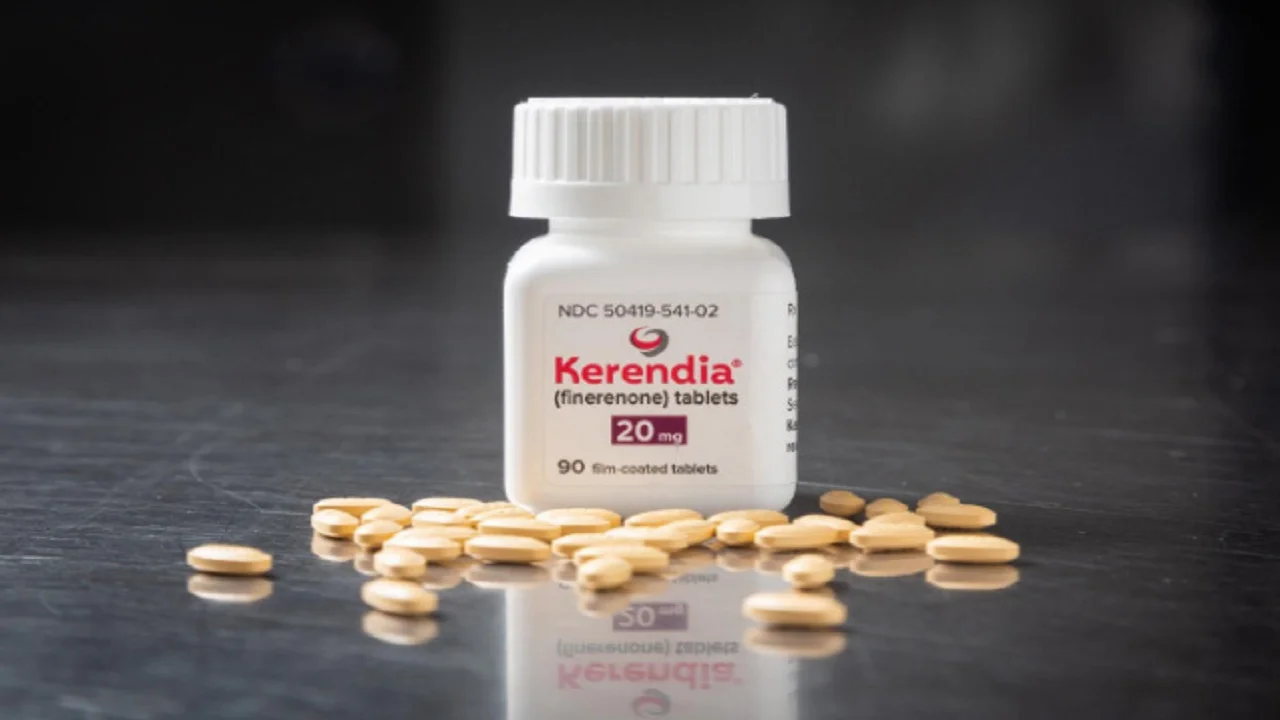
Second heart Sound in Congenital Heart Disease
A. Normal Second Heart Sound (S2)
| HIGH FREQUENCY SOUND |
| DURATION – 0.11 SEC |
| A2 earlier than P2 |
| A2 is louder than P2 |
| A2-P2 interval <30 MS during expiration |
| A2 – P2 interval 40-50 MS during inspiration |
| WHY IS A2 BEFORE P2 ? As pulmonary impedance is less, even after right ventricular systolic contraction blood continues to flow through valve until pulmonary arterial pressure increases more than right ventricle. But as aortic impedance is more ,it stops blood flow through the aortic valve before itself. |
Hangout Interval
- It is the time interval from crossover of the pressure to the actual closure of the valve.
- It is the interval between right ventricular ( RV) and pulmonary artery pressure curves at the instant of pulmonary valve closure identified by incisura of the pulmonary artery pressure curve
- In the highly compliant (low-resistance, high-capacitance) pulmonary vascular bed, the hangout interval may vary from 30 to 120 msec, contributing significantly to the duration of right ventricular ejection.
- In the left side of the heart, because impedance is much greater, the hangout interval between the aorta and left ventricular pressure curves is negligible
- Its duration is inversely related to vascular impedance

Whats contributes to normal Inspiratory Splitting?
Increased Q-P2(two third contribution)
- Increased hang out interval of P2(73 %)
- Increased venous return to right side of heart causes longer right ventricular ejection time(27 %)
Increased Q-A2(one third contribution)
- Decrease in venous return to left side of heart results in shorter left ventricular ejection time
Evaluation of S2 in Congenital Heart Disease
- Palpable S2
| Thin chest walled individuals |
| Eisenmenger syndrome |
| Idiopathic dilatation of pulmonary artery |
2. Intensity of Second heart Sound
(i) Loud A2
| Augmented aortic closure | Coarctation of aorta |
| Aorta is anteriorly placed | TGA TOF |
| Abrupt closing motion of a pliable domed stenosed aortic Valve | Congenital AS |
(ii) Soft A2
| Congenital AS(distortion of aortic leaflet) |
| Congenital AR |
(iii) Loud P2
Normally P2 is not audible at apex, so P2 is called loud if it is heard even at apex.
| Grade I | P2 = A2 |
| Grade II | P2 louder than A2 heard only at pulmonary area |
| Grade III | P2 banging, louder than A2 at all areas |

| Normal in infants and children |
| Thin chest wall |
| Idiopathic dilatation of pulmonary artery |
| Pulmonary artery hypertension(due to shunt lesions) |
| Eisenmenger syndrome |
(iv) Soft P2
| Valvular pulmonary stenosis Inaudible in cases of calcification in adults and dysplasia in children |
| TGA(pulmonary artery is posterior) |
| Tetralogy of fallot |
What decides audibility of P2 in TOF
| Mobility of valve |
| Adequacy of pulmonary blood flow to allow back pressure for its closure |
| Good infundibular chamber and proximal PA |
| Proximity of PA to chest wall |
(v)Single S2
| Inaudible P2 | Absent pulmonary valve syndrome Dysplastic pulmonary valve Pulmonary atresia Severe TOF(diffuse hypoplasia of infundibular chamber) TGA with PS(PA is posterior) DORV,SV,Tricuspid atresia |
| Inaudible A2 | Severe AS Aortic atresia HLHS |
| Synchronous S2 | VSD with eisenmenger(equalisation of hangout interval of both sides) |
| Single Truncal Valve | Truncus Arteriosus |
3. Splitting of Second Heart Sound
(i) Wide and variable split
A split is said to be wide if its heard even on expiration and standing(however widens in inspiration)
If the second sound is split by greater than 0.04 second on expiration, it is usually abnormal.
| Prolonged RV Ejection | Moderate to Severe pulmonary stenosis |
| Delayed electrical impulse to RV | RBBB LV ectopics LV pacing Ebsteins anomaly(associated RBBB) |
| Increase in Hangout Interval | Idiopathic dilatation of pulmonary artery |
| Earlier completion of LV ejection | Congenital severe MR Moderate to large VSD |
(ii) Wide and Fixed Splitting
| Atrial septal defect |
| TAPVC |
| Associated RV failure( failure of RV to increase the stroke volume due to dysfunction) |
| Why Wide splitting in ASD | Why Fixed splitting in ASD |
| Prolonged RV systole | In ASD, right and left ventricular , inspiration is accompanied by increased systemic venous return , so right ventricular filling is maintained at the same time left to right shunt through interatrial communication decreases , giving rise to proportionate increase in LV filling |
| Prolonged pulmonary hangout interval | So there is simultaneous increase in RV and LV filling. Also as the pulmonary capacitance is already high , there is no further decrease in pulmonary vascular resistance so no additional delay in P2 |
| Delayed electrical activation of RV due to RBBB |


(iii) Close Split
Eisenmengerised PDA
(iv) Paradoxical Split
Paradoxical splitting or reversed splitting is heard maximal during expiration and minimal or not in inspiration.
| Type 1 (clinically heard) | SINGLE S2 DURING INSPIRATION SPLIT S2 DURING EXPIRATION (CLASSIC SPLIT) Valsalva maneuver also helps to identify paradoxical split. In strain phase paradoxically split S2 widens and during release phase S2 narrows while the opposite occurs with normal S2. |
| Type 2 | NORMAL SPLIT A2-P2 DURING EXPIRATION ON INSPIRATION IT IS P2-A2. In type II paradoxical split the P2 can be identified by auscultating from pulmonary area to apex and the sound, which softens and becomes inaudible is P2. |
| Type 3 | P2 –A2 PATTERN DURING EXPIRATION AND A2-P2 PATTERN DURING INSPIRATION However the separation of sounds both during inspiration and expiration is equal to or less than 20 msec and these results in a single S2. |
| PDA( due to increased aortic hangout interval) |
| Congenital severe AS |
| Congenital AR |
| Hypertrophic cardiomyopathy with obstruction |

4. Cyanotic Heart Disease with Wide split Second heart sound
| TAPVC |
| ASD with eisenmenger |
| Single atrium |
| Ebstein anomaly of tricuspid valve |
| PS with intact ventricular septum and right to left shunt |
| Primary PAH with RV failure and right to left shunt |
| ASD at fossa ovalis with preferential drainage to LA |
5. Second Heart sound in Eisenmenger syndrome
| ASD | Wide and fixed |
| VSD | Single loud P2 |
| PDA | Close split |
| VSD of AV canal type | Wide and fixed |
| TGA/SV/DORV | Single second heart sound |
| TAPVC | Wide and fixed |
6. Second heart sound in VSD
| Small VSD | split normal P2 normal | Normal PA pressures Normal hangout interval |
| Moderate VSD | normal or wide split P2 moderate intensity | Moderate PAH |
| Large VSD | closed split or single S2 P2 severe in intensity | PA pressures systemic range |
| AV canal VSD | wide split | Associated RBBB ASD MR Identical pressures |
| Eisenmengerised VSD | Single S2 as loud P2 | Equalisation of hangout interval in both circulations |
| VSD in complex defects like TOF,DORV,TGA | Single loud A2 | Pulmonary stenosis Posteriorly placed PA |
| VSD with CoA, unruptured or ruptured sinus of valsalva, bicuspid aortic valve | Loud A2 | Systemic hypertension Dilated aortic sinus Thickened but mobile valve |
| VSD with mild-moderate PS(left to right shunt) | wide split Diminished P2 | Increased pulmonary hangout interval Early aortic ejection |







